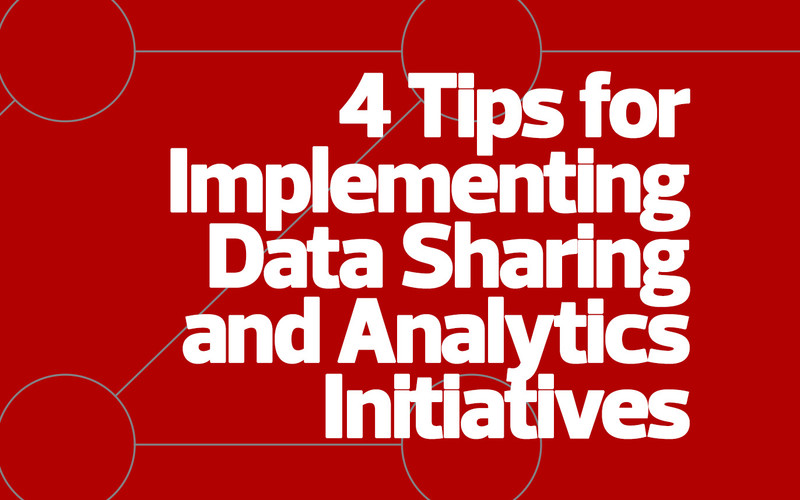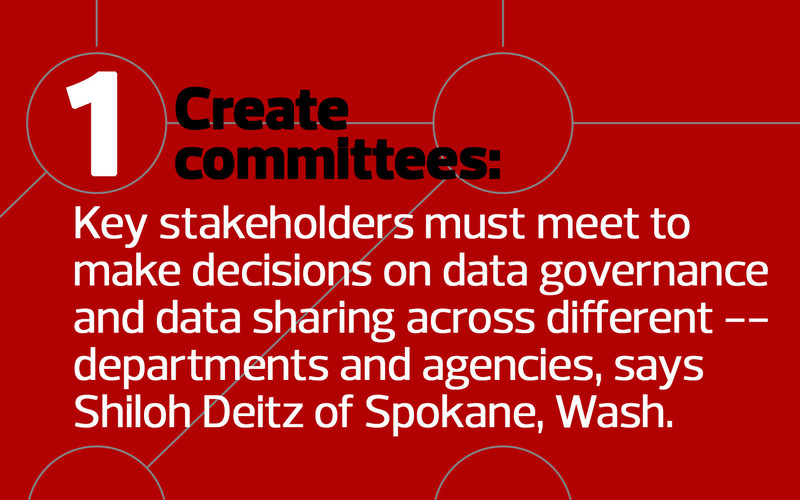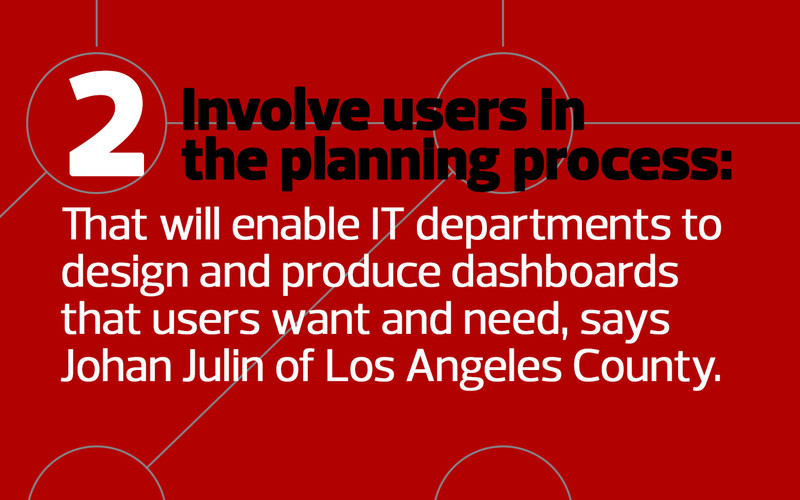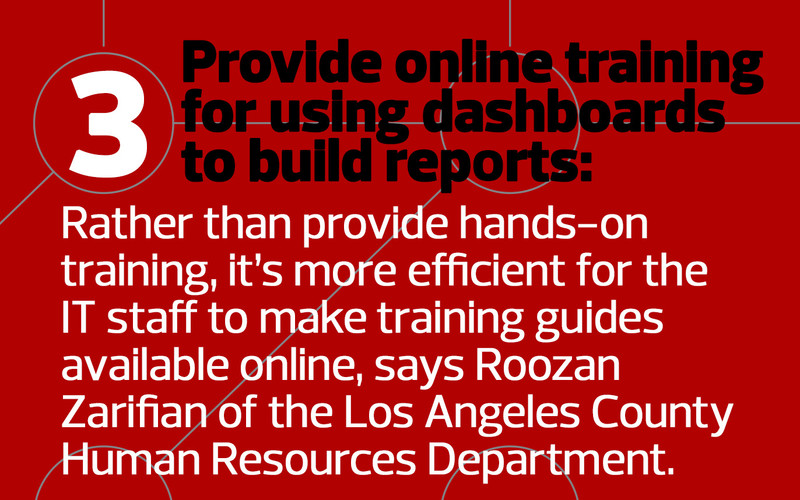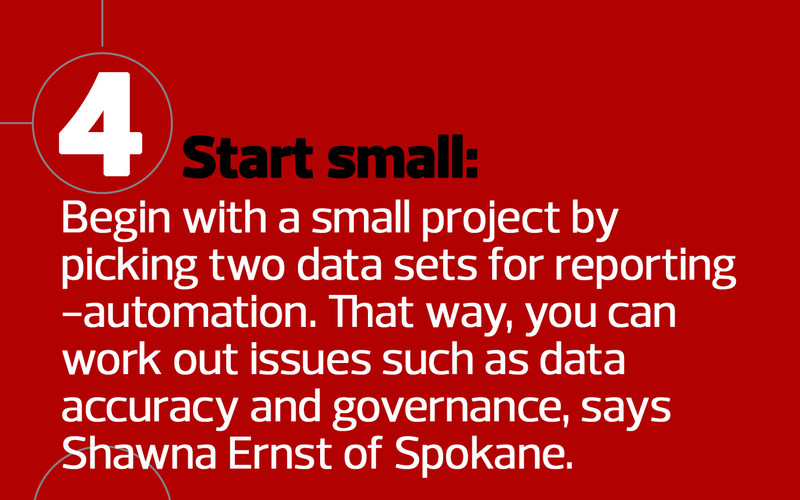Years ago, on-premises data analytics solutions required IT staff to build reports for users. Now, through a cloud-based, self-service model, users can do it themselves, Shimmin says.
“Organizations want to understand the entirety of their operations,” he says. “To do so, people must be empowered to gain access to the data on their own terms in real time, without having to make a request to IT.”
DISCOVER: How Virginia's chief data officer elevates the role of data in government.
How Los Angeles Is Implementing Modern Data Architecture
Los Angeles County built a data analytics platform in Azure, using an integrated set of Microsoft and Databricks technologies.
Azure Data Factory automatically pulls siloed data from six on-premises applications and Google Analytics, and unifies the raw data into Azure Data Lake Storage, says Majida Adnan, acting deputy general manager of the county’s ISD.
Azure Databricks and Data Factory clean the data — deleting duplicate data and making sure data is formatted the same way — making it ready for analysis. Then the county uses Azure Synapse Analytics and Microsoft Power BI to perform the analytics and provide real-time reports, she says.
The entire data extraction, loading and transformation process is automated. The county also uses Active Directory and Azure Key Vault to authenticate users, make sure sensitive data is secured and certify data governance compliance, such as allowing only employees with access privileges to review reports, Adnan says.
EXPLORE: How ports across the country are turning to IT networks for visibility into cargo data.
LA County chose to build a cloud solution because it’s scalable, flexible, easy to use and provides the performance it needs, Zarifian says. “We wanted a tool in place that would let our executives, board officers and the HR staff really slice and dice data, look at the hiring process, and every step of the way, identify the bottlenecks and make improvements,” she says.
Previously, Johan Julin, HR’s senior manager of talent acquisition, spent weeks manually querying databases and downloading data, then using Excel and IBM SPSS software to produce quarterly reports on hiring metrics for the county Board of Supervisors.
Now, the board, executives and department leaders can run reports themselves on Power BI dashboards and get results in seconds.
“I’m grateful for the automation,” Julin says. “It was time-consuming to do it manually.”









